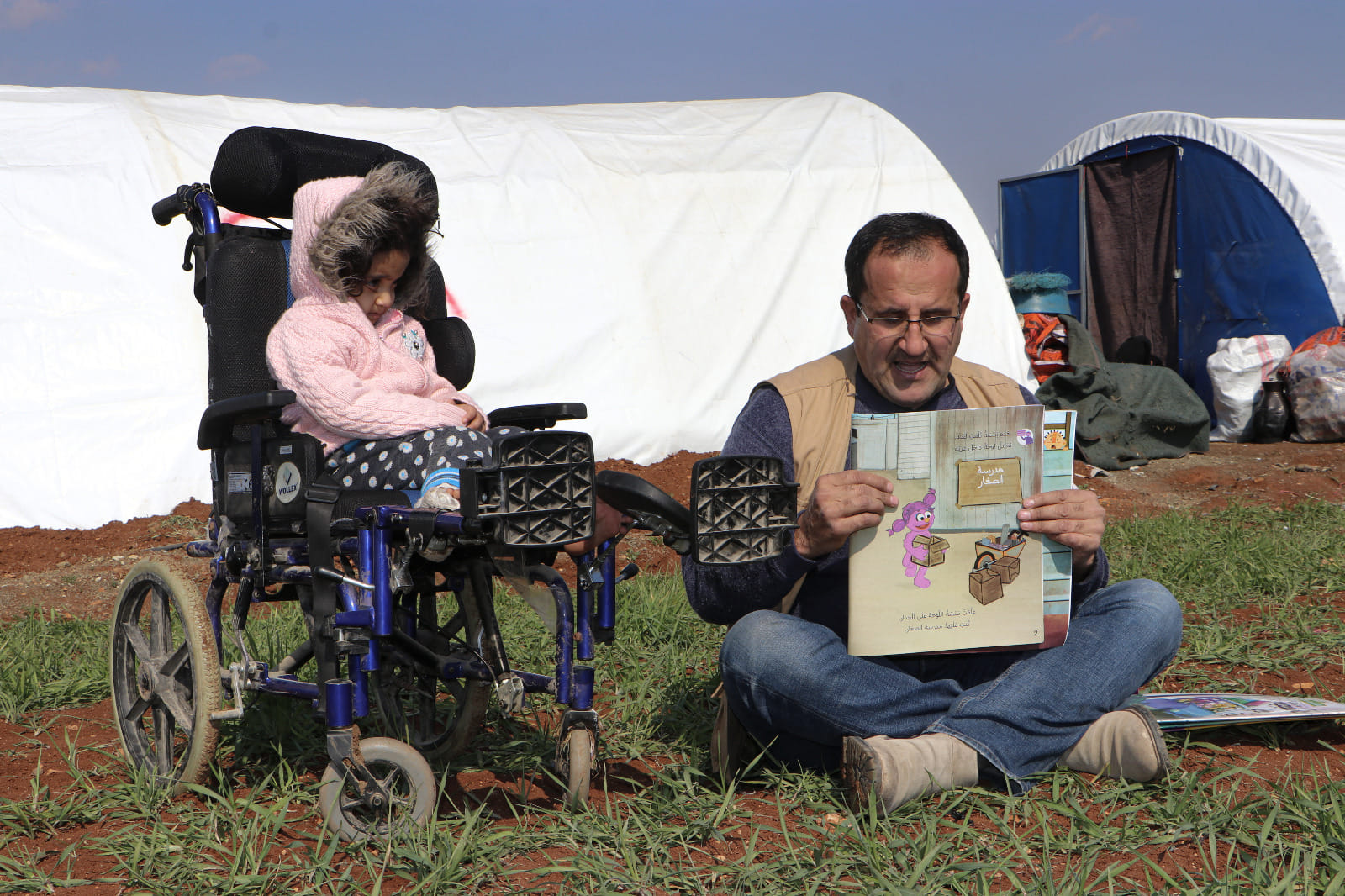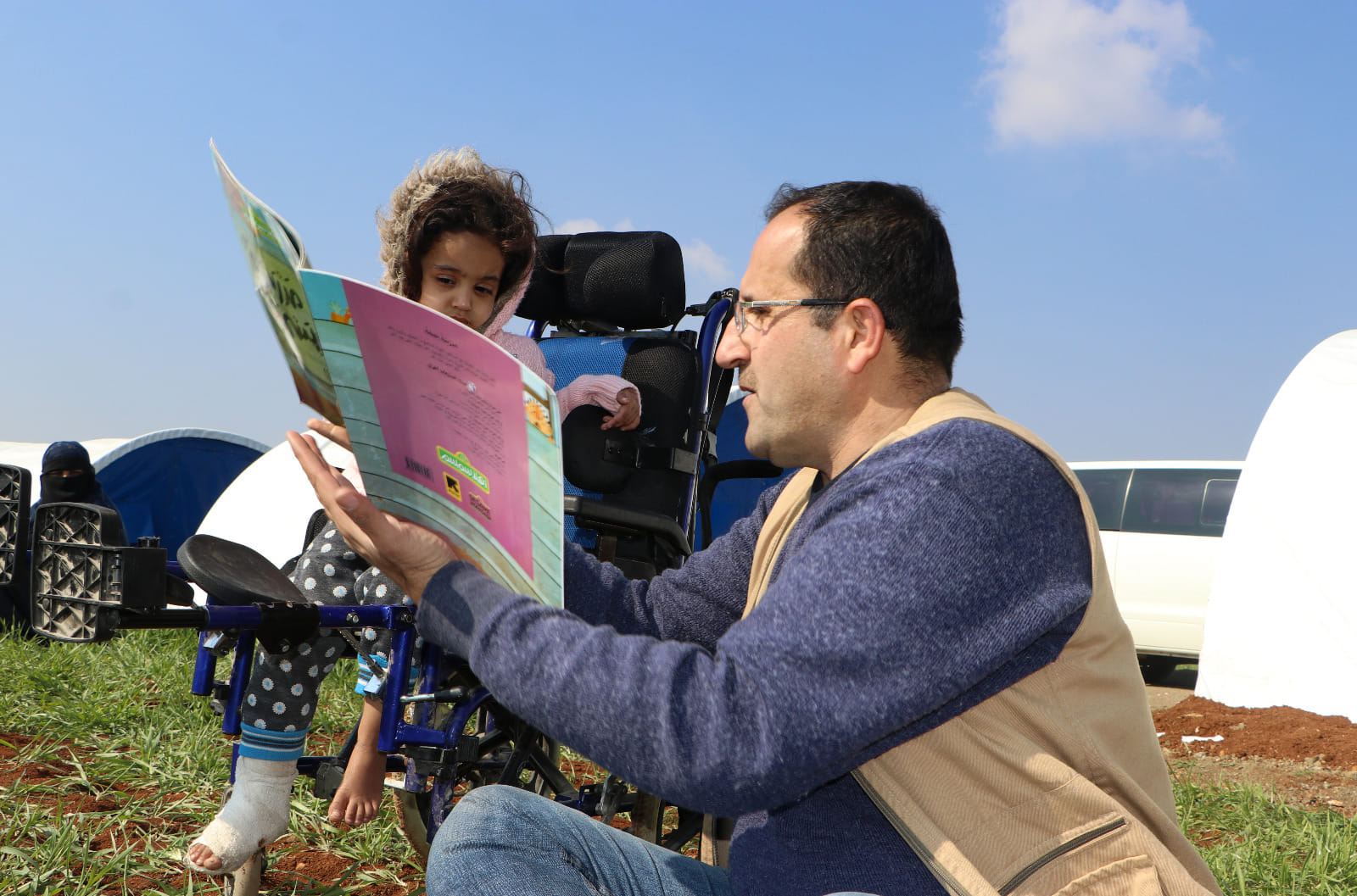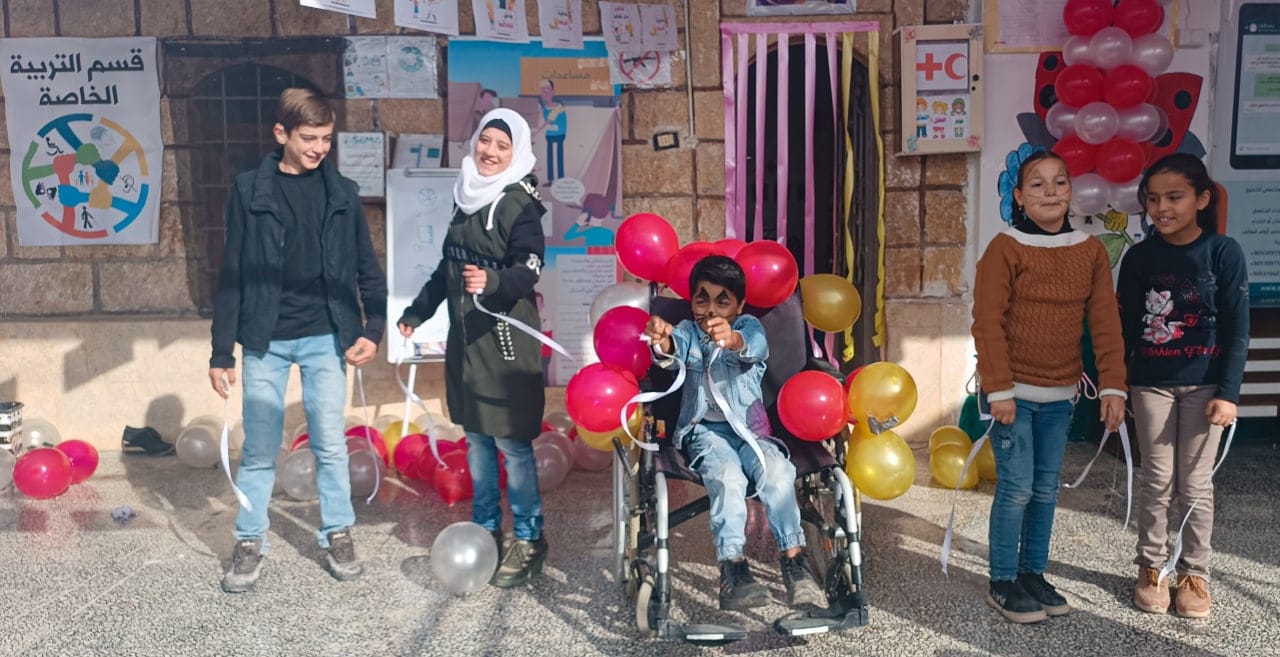As parents, we always think about what is best for our children, even before they are born! What clothes to buy for them, what their room should look like, what is the best set of toys and storybooks we should get for them, and so on.
When a newborn comes, his parents pray only for their little one to be healthy. Sometimes, some families have a unique little angel with some challenges instead.
Physical challenges they all have to live and deal with. One of these challenges is an illness that prevents their child from walking.
Reasons Need for Wheelchairs
Children need wheelchairs for a variety of physical or medical conditions that affect their ability to walk or move around independently, like:
- Injuries in their legs or spine, which control leg movement.
- Mobility impairments due to muscular dystrophy, multiple sclerosis, or cerebral palsy.
- Temporary injuries like a broken leg or ankle.
- Undergoing surgeries or medical procedures which affected their mobility.

Kids with Disabilities in Developing Countries
It is important to recognize the challenges children with disabilities face in developing countries. They often face discrimination and stigma and may not have access to the same resources and support as children without disabilities.
Therefore, governments, international organizations, and local communities must work together to ensure that children with disabilities in developing countries have the same opportunities and support as other children.
According to the UN Development Programme (WHO)
- (80%) of people living with a disability live in developing countries.
- (90%) of children living with a disability in developing countries are not in school.
- Disability and poverty are linked. It is estimated that (20%) of the world’s poorest people have some kind of disability.
- Disabled people with no mobility are more vulnerable to disease and malnutrition.
Providing wheelchairs in developed countries has some difficulties;
- High cost: wheelchairs can be expensive and many families may not have the financial resources to purchase one for their child.
- Access to medical and rehabilitation services: another challenge in some areas with limited access to these services, making it difficult for children to receive the necessary assessments and fittings for wheelchairs.
- Logistical challenges: it is a tough challenge for children when it comes to transporting and using a wheelchair in places with no wheelchair accessibility, such as schools.
Not to mention social and cultural barriers to using a wheelchair in some developed countries, making it hard for families to accept the idea of providing wheelchairs for their children.
The Need for Wheelchairs for Kids
Wheelchairs are an essential tool for children with mobility impairments to participate in daily activities and achieve independence.
Children who use wheelchairs may have various conditions that affect their mobility, such as
- Cerebral palsy.
- Spina bifida.
- Muscular dystrophy.
- Traumatic injuries.
Wheelchairs can help children participate in school, and engage with others
- Practice in social activities.
- Play sports.
- Improve their mental and emotional health.
- And improve their overall quality of life.
Children’s wheelchairs are specifically designed to meet the needs of children and are often adjustable as children grow. They may also have features such as headrests, backrests, and leg rests to ensure proper positioning and support.
Working with a healthcare provider and a rehabilitation specialist is vital to determine the best type of wheelchair for a child’s needs.

The Hardship of Families Who Have Disabilities Kids
Families with children who have disabilities may face several challenges and hardships. These may include financial difficulties due to the cost of medical care, therapy, and assistive devices, as well as the added expenses that may result from the child’s disability, such as transportation costs or modifications to the home.
Caregiving for a child with a disability can also be physically and emotionally demanding and may require a significant time commitment. Some families may experience social isolation or stigma due to their child’s disability and may face difficulties in accessing appropriate education and other resources.
It is crucial for families to seek support from a variety of sources, such as healthcare professionals, support groups, and community organizations, to help them navigate these challenges.
Give a New Lease of Life for Disabled Kids
There are many ways to help disabled children lead fulfilling and meaningful lives. Some ways to give disabled kids a new lease on life include:
- Providing access to medical and therapeutic care: Can help children with disabilities manage their condition and improve their quality of life.
- Ensuring access to education: Providing children with disabilities with access to an appropriate education can help them reach their full potential and participate fully in society.
- Supporting families: Providing support and resources to families of children with disabilities can help reduce the burden of caregiving and improve the child’s and family’s overall well-being.
- Advocating for accessibility and inclusion in the community can help ensure that children with disabilities can fully participate in everyday activities.
- Building positive relationships with peers, teachers, and others can help children with disabilities feel valued and supported.
- Encouraging independence: Encouraging children with disabilities to be as independent as possible can help them develop a sense of self-worth and empowerment.
- Fostering a positive outlook and helping children with disabilities see the possibilities in their lives can help them overcome challenges and live fulfilling lives.
Your Donation Will Rekindle a Child’s Hope
SEMA has been active in terms of supporting Syrian children with different disabilities, especially those who were born immobile or had lost one or both of their legs in the war.
So far, we have been able to provide 100 wheelchairs to those immobile children along with the rehabilitation services needed.
With your benevolent assistance and donations, we can increase this number and rekindle the hope for more vulnerable children to proceed with their lives, go to school, and play with their peers.
You can draw a smile on 230 disabled children’s faces by supporting SEMA’s campaign to offer 30 electric wheelchairs (at a cost of 700 USD each) and 200 normal wheelchairs (at a cost of 200 USD each).
FAQ
What is the Youngest Age for a Wheelchair?
According to previous research, children aged 18 to 20 months have learned to drive a power wheelchair within 2 to 4 weeks.
What Type of Wheelchair is Good for the Child Indoors?
Manual wheelchairs are safer, and today’s models are lightweight, come in different colors, and are easy for kids and their caregivers to use. They are less expensive than electric models, fold up easily for transport, and grow as your child grows.
How Do You Size a Pediatric Wheelchair?
Take measures from the bottom of the back (the butt) to the bend of the elbow.
Why would a Child Need a Wheelchair?
Children may need wheelchairs for many different reasons. Some have had injuries to their legs or spine, controlling leg movement. Others have disabilities due to muscular dystrophy or cerebral palsy.



